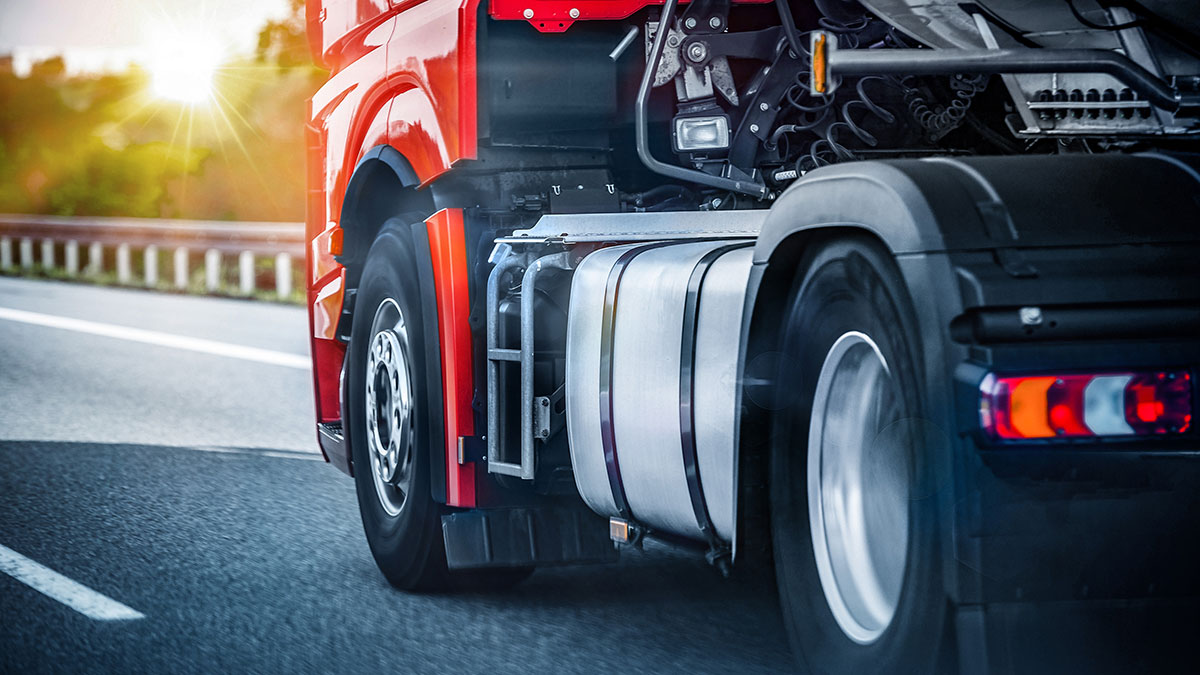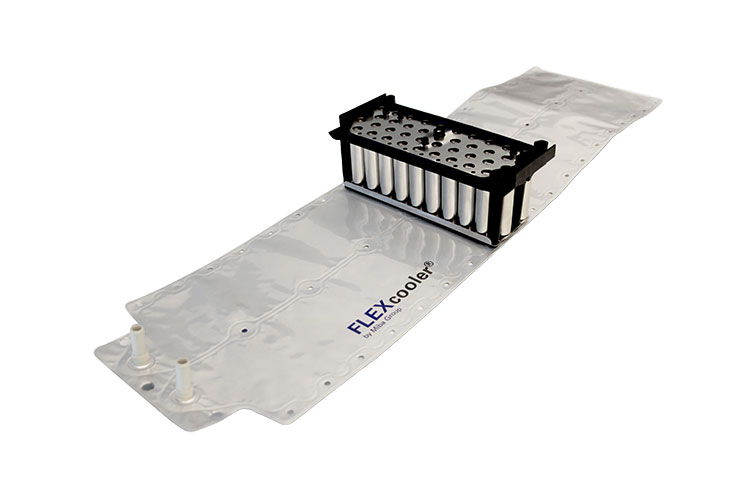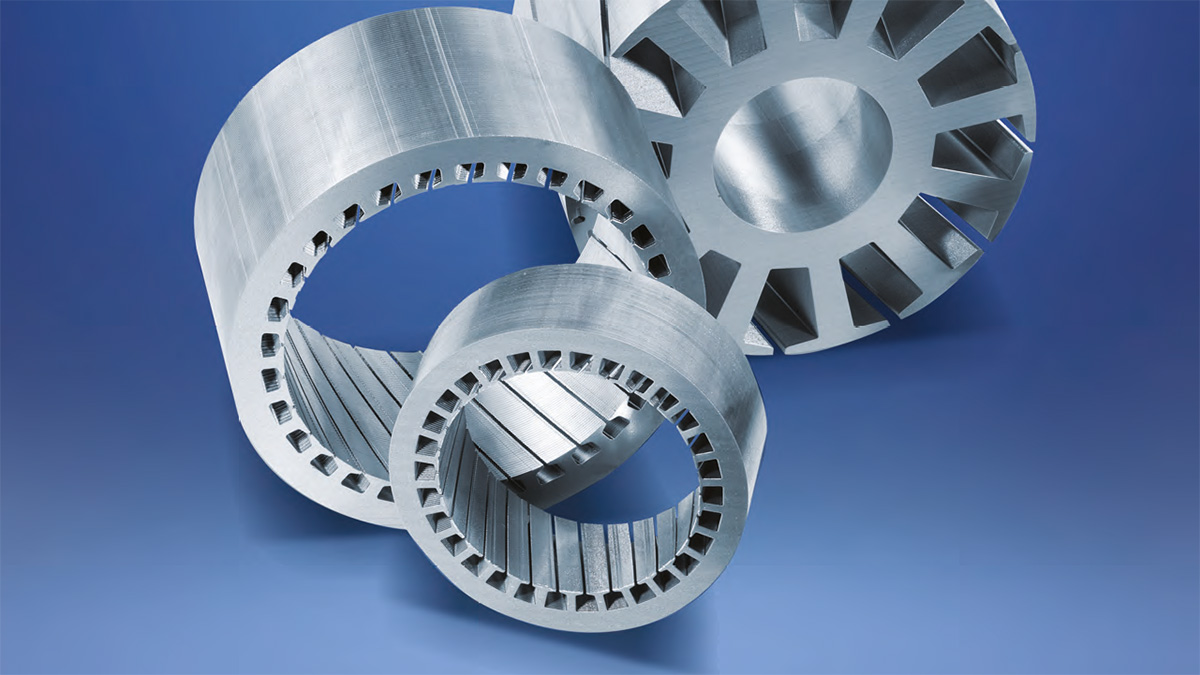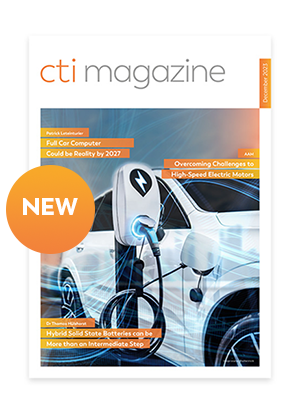With the rapid growth and diversification of the electric vehicle market, there is a pressing need for light, compact, efficient, and cost competitive electric drive solutions able to be installed in a broad range of applications from low end to high end power. One of the main challenges is to be able to tailor the…
Continue readingRead news from
News: CTI Symposium Germany
Timely drivetrain testing for commercial vehicle electric powertrains – think big for the mobility revolution
The development of new electrified drive systems for commercial vehicles is picking up speed. To reach the production/manufacturing stage effectively, New drive systems must first be tested and validated. Test benches allow for accelerated testing and validation even before other components and systems of the vehicle reach the production stage. Up to now, testing possibilities…
Continue readingPowertrain Systems: Pushing the Boundaries
Gernot Goppelt, CTI Correspondent To better reflect the road to climate-neutral mobility, our CTI Symposia Novi and Berlin are expanding their range of topics for 2023. In addition to electric drives and components, the presentations and discussions will also cover topics such as sustainable mobility, renewable energies and upstream CO2 reduction. One question is becoming…
Continue readingThermal management is a critical success factor for electric vehicles. Long service life, short charging time and energy density are directly related to an efficient battery cooling system.
Traditional battery cooling takes the form of a plate, usually made of aluminum, with embedded channels for the coolant. The battery cells, which are usually surrounded by a metal sleeve, and the cooling plate are rigid. Direct contact, for instance due to manufacturing tolerances, always results in an air gap and thus poor thermal conductivity.…
Continue readingHOERBIGER innovative solutions for electric drive trains
Your reliable system and component supplier for future mobility From development to production of innovative components and complete systems for conventional and alternative powertrains - HOERBIGER offers you everything from a single source. The portfolio for electrified drive trains includes transmission synchronizers and innovative shift elements for coupling and decoupling as well as components and…
Continue readingAjedium™ PEEK Slot Liner Enables 800V eMotor Downsizing & Weight Reduction
DeeDee Smith, Luigi Marino, Brian Baleno Solvay Materials A significant challenge for eMotor 800 Volt designers is to design smaller and more compact eMotors. Successfully doing so allows for the potential to reduce the mass of both the eMotor and battery pack. A new slot liner material, Ajedium™ PEEK films, gives engineers the design freedom…
Continue readingFull Car Computer could be a reality by 2027
As electrification progresses, in-vehicle hardware and software architectures will evolve from distributed electronics to a “full car computer and zonal” model. We spoke with Patrick Leteinturier, Fellow Automotive Systems, Infineon Technologies, about these new architectures, new semiconductor materials, and the central role of “motion control”.
Continue readingElectric Drive Module (EDM) with eLocker
JJE’s New 300kW SiC EDM with the World’s First Bi-stable Electromagnetic Locker The development of the electric drive module continues to trend towards higher performance, power and efficiency with improved NVH characteristics all while integrating functional features such as differential lockers and disconnects. Jing-Jin Electric (JJE) is bringing this functionality matching the various requirements in…
Continue readingIluka’s Australian Rare Earths Refinery; Delivering a Sustainable Alternative
As the world moves towards an electrified future, the demand for permanent magnets is amplifying the already intense pressures on global supply chains. But in the sandplains of Western Australia, a small regional community called Eneabba is at the centre of what is set to become a globally significant and strategic hub for the downstream…
Continue readingE-Motor Efficiency and Lower Costs are Stacked in Your Favor
glulock® - A unique in-tool bonding technology for e-laminations in motor stacks Motor-cores have been build by mechanically interlocking individual motor laminations for decades. With materials in laminations for e-motor cores becoming thinner and thinner and increased efficiencies of electrified propulsion systems this process of mechanically interlocking the „stacks“ has become more and more difficult…
Continue reading










